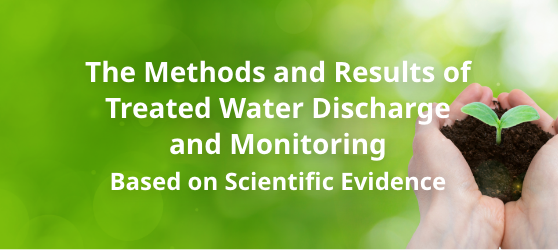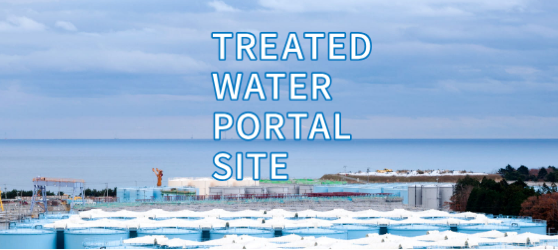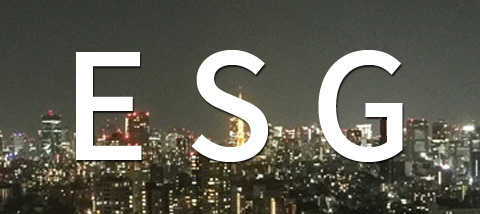Fukushima Daiichi Prompt Report
Recent Topics:TEPCO REDUCES GENERATION OF CONTAMINATED WATER AT FUKUSHIMA DAIICHI TO LESS THAN A QUARTER OF PREVIOUS LEVELS
Apr 23, 2018
Multilayered countermeasures such as land-side impermeable wall and subdrains reduce contaminated water generation levels to well below 2020 goal, preventing water from reaching buildings and effectively addressing a serious decommissioning obstacle
FUKUSHIMA, Japan - TEPCO announced on March 1 that multilayered countermeasures have greatly reduced the amount of contaminated groundwater and rainwater being generated at the Fukushima Daiichi Nuclear Power Plant from 490m3/day average during the 3-month period from December 2015 to February 2016, to 110m3/day average from December 2017 to February 22, 2018. The rate is now well ahead of the 2020 goal of 150m3/day.
An increase in the amount of groundwater and rainwater reaching the reactor and turbine buildings was creating a serious challenge for TEPCO’s plan to eventually decommission the power station. Accordingly, a number of multilayered countermeasures have been implemented to reduce the generation of newly contaminated water and to prevent groundwater from reaching the buildings and leaking into the adjacent port area.
With a number of countermeasures already in place, including subdrains*1, a groundwater bypass*2, ground surface paving*3, well points*4, groundwater drains*5, and a sea-side impermeable wall*6, the remaining issue has been the near completion of a "land-side" impermeable wall surrounding the reactor and turbine buildings. The wall is actually a barrier of frozen soil created around the building’s perimeter to block groundwater from reaching the buildings and coming into contact with contamination sources. Contamination sources include fuel debris and already-contaminated water.
Freezing of the last section of the wall began in August 2017. With the ground temperature in almost all areas remaining below 0 degrees C, the entire wall froze except for some very deep sections. Since then, and in conjunction with the other countermeasures, the wall has effectively reduced the generation of contaminated water to less than a quarter of previous levels. It has also decreased groundwater levels around the buildings, which has enabled subdrains to pump this water out of the ground on a stable basis.
With the near completion of the frozen wall and the use of subdrains, the groundwater level inside the wall has fallen approximately 4-5 meters below the level outside the wall, which is the lowest average level measure to date. It must be noted that these measurements were taken during periods of less rain. The Committee on Countermeasures for Contaminated Water Treatment held on March 7, 2018 confirmed the effect of the land-side impermeable walls based on these evaluation results.
TEPCO will continue with its efforts to reduce the levels of accumulated water in buildings as well as subdrains, and will implement rain countermeasures such as fixing building roofs and additional paving of ground surfaces, as it strives to further reduce the amount of contaminated water being generated.
*1 Subdrains pump up groundwater from around the buildings to keep it away from contamination sources
*2 The groundwater bypass is set further away from the buildings and pumps up groundwater to keep it away from contamination sources
*3 Ground surface paving prevents rainwater from penetrating the ground and becoming groundwater
*4 Well points are located inside the ground improvement wall and pump up water to prevent it from leaking
*5 Groundwater drains are located in the shore area behind the sea-side impermeable wall and pump up accumulated ground water
*6 The sea-side impermeable wall prevents groundwater flowing into the port area
For more information on the contaminated-water countermeasures, go to
https://www4.tepco.co.jp/en/nu/fukushima-np/handouts/2018/images/handouts_180301_02-e.pdf
About TEPCO
Tokyo Electric Power Company Holdings, Inc. (TEPCO) is Japan's largest power company group, holding three independent business entities: TEPCO Fuel & Power, Inc., TEPCO Power Grid, Inc., and TEPCO Energy Partner, Inc. As a group, it generates, distributes, and sells electricity and other types of energy principally to the Kanto metropolitan area, which includes Japan's two most populous cities, Tokyo and Yokohama. Its 42,060 employees are committed to providing safe, reliable power as well as fulfilling its responsibilities to the communities of Fukushima. (As of April 1, 2017)
TEPCO Website: https://www.tepco.co.jp/en/ed/index-e.html
TEPCO Facebook page: https://www.facebook.com/OfficialTEPCOen
TEPCO Twitter page: https://twitter.com/TEPCO_English
















